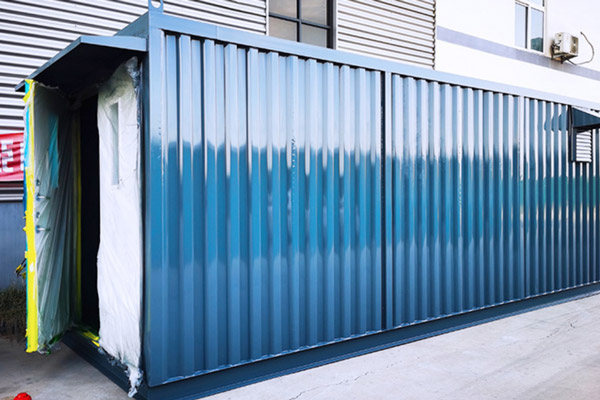In the modern world, the humble shipping container has become a symbol of globalization and economic efficiency. Originally designed solely for the purpose of transporting goods across oceans and land, containers have evolved into multifaceted tools with applications that extend far beyond their initial intent. This article explores the diverse ways in which containers are being utilized today, demonstrating their versatility and significance in various sectors.
1. Revolutionizing Global Trade
At the heart of international trade, shipping containers have revolutionized the way goods are transported. Standardized in size, containers facilitate easy loading, unloading, and stacking, significantly reducing shipping times and costs. This efficiency has enabled businesses to expand their markets globally, promoting economic interdependence among nations. The rise of containerization has not only streamlined logistics but also allowed for just-in-time delivery systems, where goods are delivered precisely when needed, reducing inventory costs.
2. Innovative Housing Solutions
Beyond transportation, containers have found a new life as innovative housing solutions. In response to housing shortages and rising real estate costs, architects and builders have begun to repurpose shipping containers into affordable homes. Container homes are often eco-friendly, as they recycle existing materials and can be designed to be energy-efficient. These structures can be easily transported to remote locations, making them ideal for disaster relief housing and temporary shelters for those in need. The adaptability of containers allows for creative architectural designs, from minimalist studios to multi-unit complexes.
3. Pop-Up Businesses and Retail Spaces
The rise of the pop-up retail trend has also seen shipping containers transformed into trendy shops, cafes, and restaurants. These container-based businesses offer flexibility in location and can be set up quickly, often in urban areas where traditional retail spaces are scarce. Container malls, comprised of multiple shipping containers, are gaining popularity, providing unique shopping experiences that attract customers looking for something different. This innovative use of containers not only revitalizes underused urban spaces but also supports local economies by providing entrepreneurs with affordable business opportunities.

4. Educational and Community Hubs
Containers are increasingly being used to create educational facilities and community hubs. Schools and training centers utilize repurposed containers to offer classes in underserved areas, providing access to education where traditional infrastructure may be lacking. These container classrooms are often equipped with modern technologies and can be designed to meet specific educational needs. Furthermore, community organizations have embraced containers as spaces for workshops, art installations, and social events, fostering community engagement and collaboration.
5. The Role of Containers in Disaster Relief
In times of crisis, shipping containers have proven to be invaluable tools for disaster relief efforts. Their durability and portability make them ideal for transporting essential supplies to affected areas. Containers can be converted into emergency shelters, medical clinics, or storage facilities, providing immediate support in the aftermath of natural disasters. Organizations like the United Nations and various non-profits have utilized containers to set up temporary housing and aid stations in disaster-stricken regions, highlighting their importance in humanitarian efforts.
6. Sustainable Practices and Environmental Impact
As the world increasingly focuses on sustainability, shipping containers offer eco-friendly solutions. Their repurposing reduces the need for new building materials, thereby minimizing waste and environmental impact. Container farming, a practice where shipping containers are transformed into vertical farms, has emerged as a solution to food insecurity in urban areas. These farms utilize hydroponic or aquaponic systems to grow fresh produce year-round, reducing the carbon footprint associated with traditional agriculture and transportation.
The shipping container, once viewed merely as a tool for transportation, has proven to be a versatile asset across various sectors. From revolutionizing global trade to providing innovative housing solutions, educational spaces, and disaster relief, containers have adapted to meet the changing needs of society. As we continue to explore and embrace the potential of these structures, it is clear that their impact goes far beyond logistics, contributing to sustainability, community development, and economic growth. The future of containers is bright, and their possibilities are limited only by our imagination.


